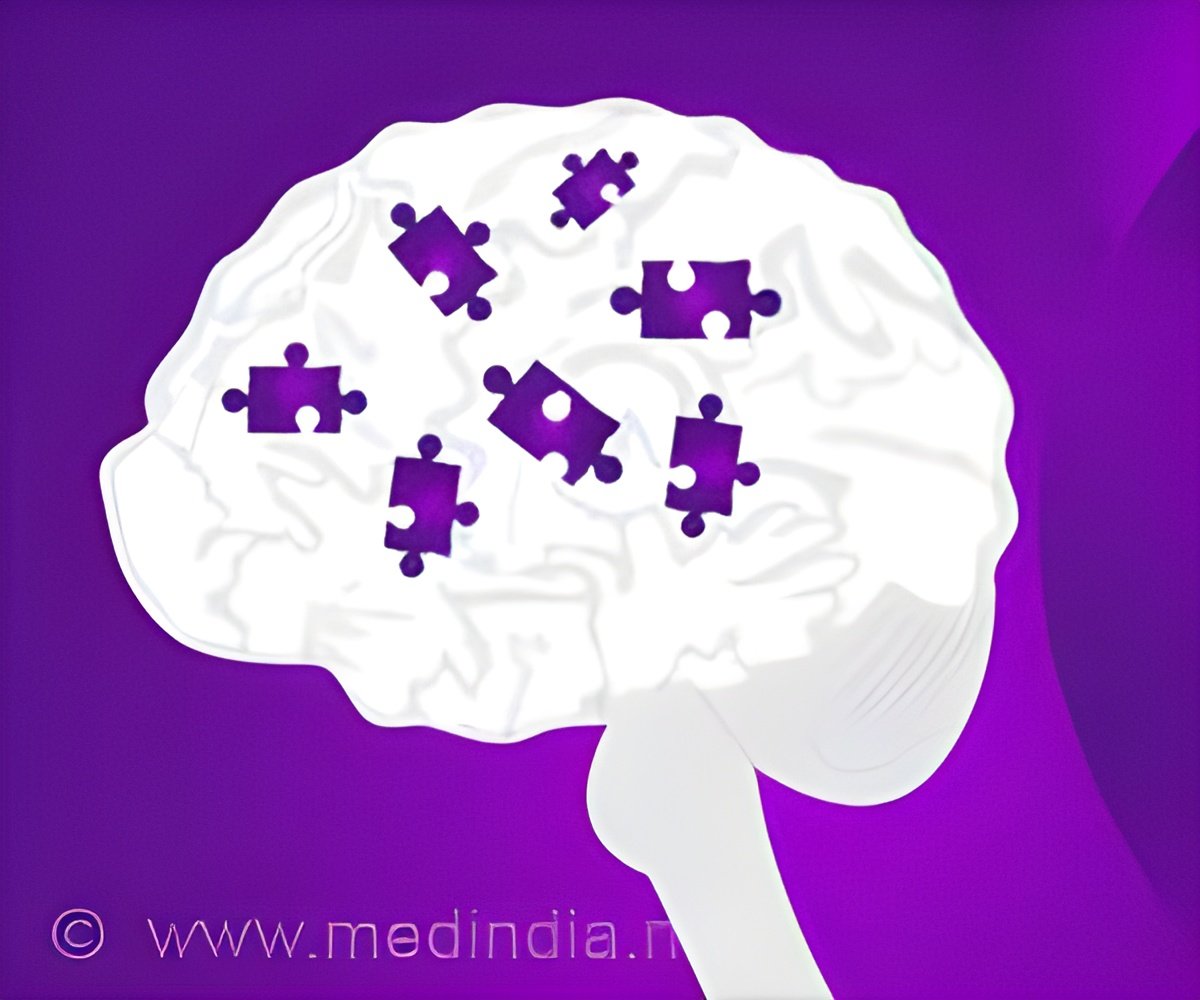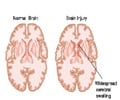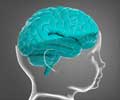The link between the frequency and the severity of traumatic brain injury and the degree of amyloid changes in the brain discovered.

What Happens to the Brain in Alzheimer's Disease?
Go to source).
‘Non-invasive positron emission tomography, or PET, imaging helps spot early-stage amyloid-beta accumulation in people exposed to traumatic brain injury. ’





“Amyloid-beta is a molecule not normally found in the brains of young patients,” said study author Carlos Leiva-Salinas, M.D., Ph.D., M.B.A., associate professor of radiology at the University of Missouri School of Medicine in Columbia, Missouri. “Amyloid-beta accumulation in the brain is proposed to be an early event in the pathogenesis of Alzheimer’s disease, the most common type of dementia worldwide, impacting millions of people.” TBI can be the result of direct head trauma, such as from a fall or from playing contact sports, but it can also result from indirect forces—such as shockwaves from battlefield explosions—that shake the brain violently in the skull.
Previous autopsy studies have shown the presence of amyloid plaques as early as hours after severe brain injury.
Alzheimer's Disease: New Findings
For the study, researchers recruited nine military grenade or breacher instructors at Fort Leonard Wood Military Base in Fort Leonard, Missouri, from January 2020 to December 2021. Grenade and breacher instructors are military officers who train recruits in the use of hand grenades and explosives or other mechanical methods to force open doors (2✔ ✔Trusted SourceEarly Brain Amyloid Accumulation at PET in Military Instructors Exposed to Subconcussive Blast Injuries
Go to source).
An additional nine civilians were included in the study as a healthy control group. All participants had no previous history of concussion, and they were all males in their early 30s, an age at which amyloid accumulation is not expected.
The 18 participants were evaluated twice. The first evaluation was to establish a baseline and the second occurred after blast exposure, approximately five months after the baseline examination. The military instructors filled out a digital log with the number of exposures to explosions, including the firing of weapons. The control participants were evaluated at similar time points. v All participants underwent a PET scan of the head to evaluate and quantify amyloid changes. Analysis software was used to segment six brain regions that are usually associated with Alzheimer’s disease and TBI.
Advertisement
None of the healthy control participants showed any abnormal amyloid accumulation.
Advertisement
- What Happens to the Brain in Alzheimer's Disease? - (https://www.nia.nih.gov/health/what-happens-brain-alzheimers-disease)
- Early Brain Amyloid Accumulation at PET in Military Instructors Exposed to Subconcussive Blast Injuries - (https://pubs.rsna.org/doi/10.1148/radiol.221608)
Source-Eurekalert















